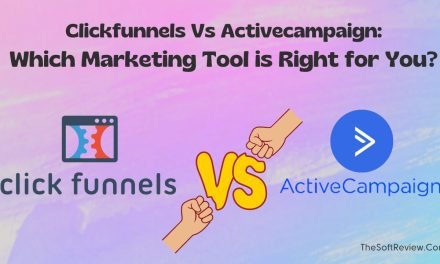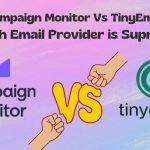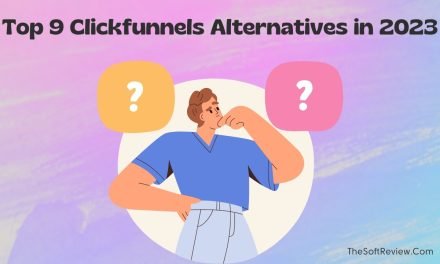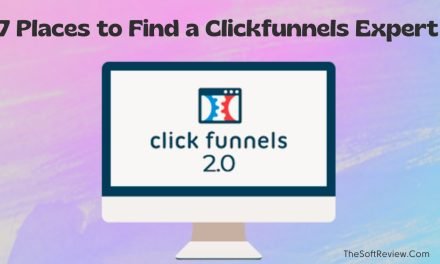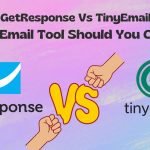
How to Use Clickfunnels for Affiliate Marketing & Grow Rich
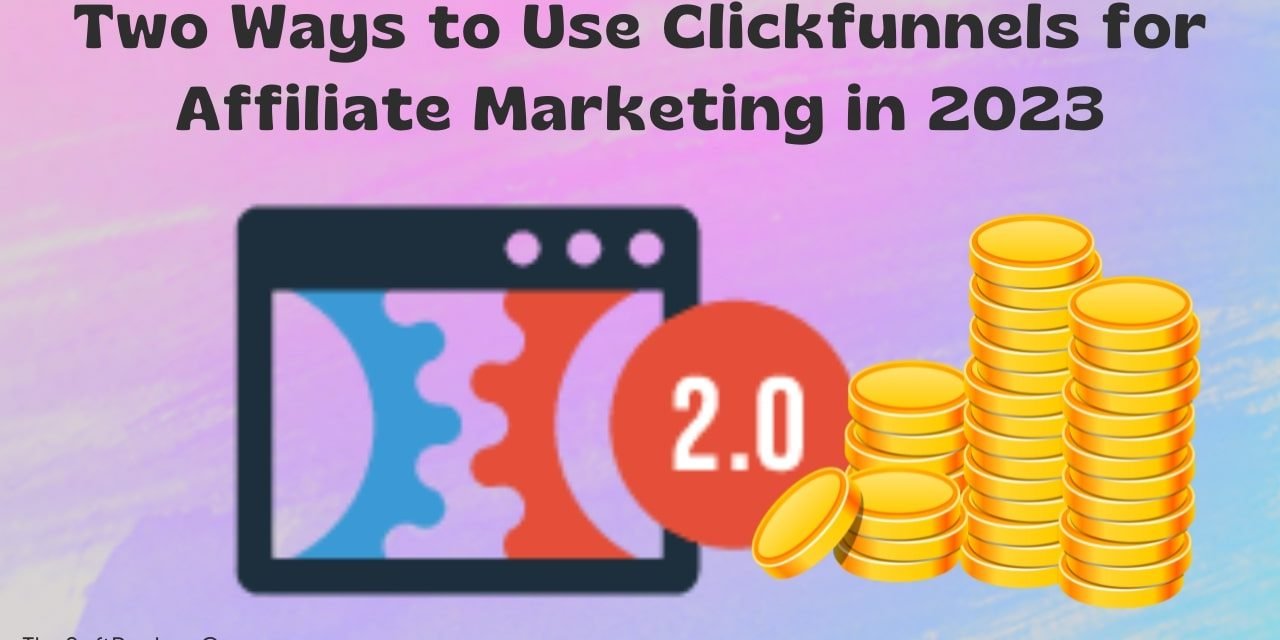
Affiliate marketing is one of the lucrative ways to generate passive income and financial freedom, but it’s not without its challenges.
One of the biggest obstacles affiliate marketers face is the ability to promote their products and convert visitors into buyers effectively.
That’s where Clickfunnels comes in. Clickfunnels is a powerful sales funnel tool (website builder) that can help affiliate marketers create high-converting sales funnels that drive traffic, generate leads, and ultimately increase sales.
In this discussion, we will uncover how to use Clickfunnels for affiliate marketing and establish a handsome monthly income step by step. So if you are considering utilizing Clickfunnels for your fortune, continue reading!
How to Use Clickfunnels for Affiliate Marketing? A Step by Step Process
You can use Clickfunnels for affiliate marketing in two ways: the first way is reselling other people’s products online, using Clickfunnels’ blog or Ads funnels. The second way is to market and resell Clickfunnels itself as a product. That means Clickfunnels gives you two ways to make money online via affiliate marketing.
Let’s dive into both ways step by step:
Note: If you do not know the basics of Digital Marketing, including SEO, content marketing, or running paid ads campaigns, it would be ideal to learn the skills from HubSpot Academy. These skills are essential for affiliate marketing.
1. Use Clickfunnels and Affiliate with Other People’s Products
A. Create a Blog Funnel and Start Affiliate Marketing with Clickfunnels
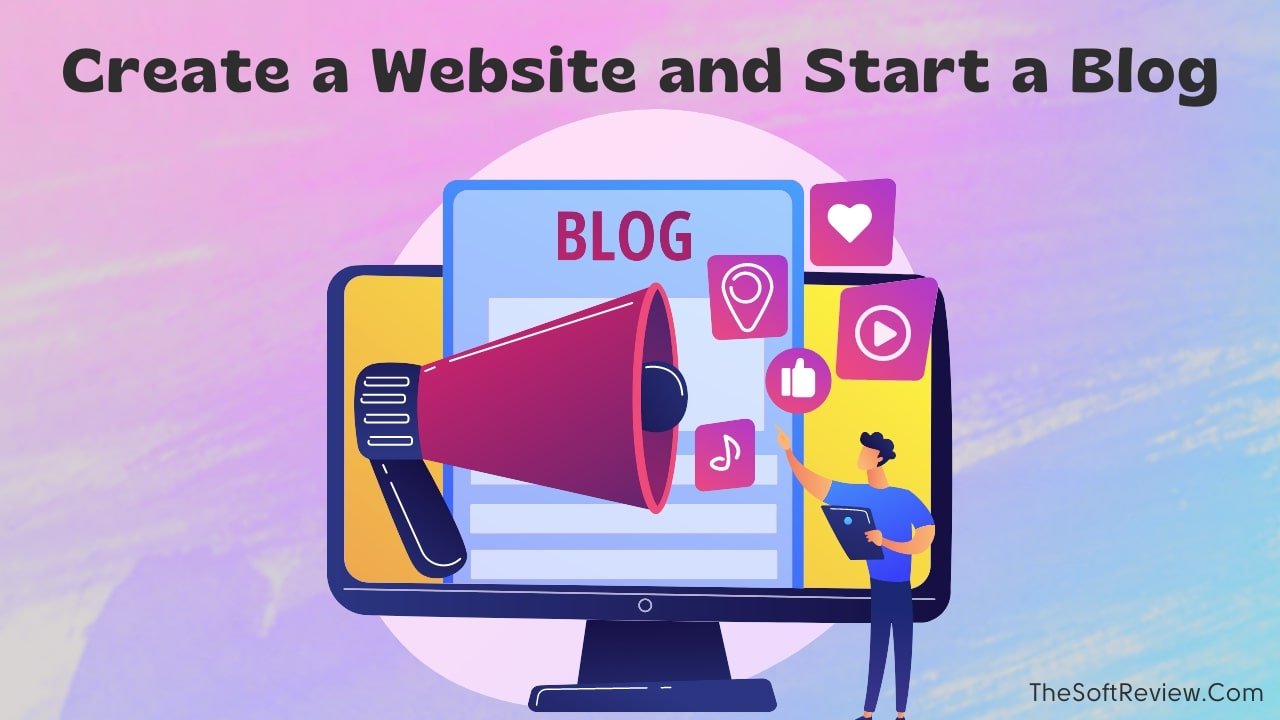
Blogging is a fantastic way of affiliate marketing, where you write product review lists and informative blog posts on popular topics to help prospective customers make buying decisions. Here are the steps to start:
Step I. Choose a Product to Promote for Affiliate Marketing
There is an ocean of companies out there who want you to sell their products, but before you step into blogging, you should be clear with what you want to resell.
First, come up with a list of categories and different products. You can go through these 200+ affiliate niche ideas for better category selection. After selecting a category, you can visit affiliate networks like Clickbank, Commission Junction, or Amazon Associates to find affiliate products.
However, before you choose and promote a product, ensure the commission rate is decent, and you try the product quality if you can! At least listen to what others say about the product because you must promote a product that offers real value.
Once you have selected a product, join the affiliate program and get the unique affiliate links you will promote to earn a commission.
Step II. Create a Blog Funnel Using Your Content Marketing Skills Based on the Buyer’s Journey
Understanding and creating a buyer’s journey is essential to start a blog or ads funnel. A buyer’s journey usually contains three stages: awareness, consideration, and decision.
The main goal of your blog funnel is to choose relevant blog topics, create high-quality content and optimize them for a search engine to move people from the awareness stage to the decision stage, where they are ready to make a purchase.
To do that, you must find low competitive keywords associated with your affiliate products and categorize them into your buyer’s journey stages.
For instance, if your product is a baby toy, in the awareness stage, you can choose topics like “Why playing is important for your kids’ and in the decision stage, you can compare different toys!
After preparing your content marketing plan, you must write high-quality blog posts covering the search intent. You can also visit Neal Patel academy to learn more about content marketing!
Step III. Create Your Clickfunnel Account, Build a Website, and Start Blogging
Now that you have created blog posts according to your content marketing plan, it is time to use Clickfunnels to create a website and set up a blog funnel. To do that, first, you need to create a Clickfunnels account.
Clickfunnels offers a 14-day free trial, giving you plenty of time to test the platform.
Once your account is ready, go to the “Site and Funnels” option from your Clickfunnels dashboard. You will see options for creating your website, blog posts, sales funnels, and maintaining your domains and URLs.
Click on create a site, choose a template, customize it, and get your Clickfunnels site ready; it does not take too long. Clickfunnel’s drag-and-drop editor makes it easy for beginners.
Watch this Clickfunnels 2.0 tutorial for a better idea!
After creating your site, go to the blog page, customize the layout as you like, and post the content you have already written.
The drag-and-drop editor will let you add different pages, sections, images, and videos, change color, animation, and more.
Once you are done with the site, blog creation, and content upload, it’s time to ensure the SEO settings and publish your blog posts according to your plan.
And after a specific period of publishing your content, you can start promoting products through affiliate links. Clickfunnels make adding affiliate links to your blog posts’ content easy.
These are the steps to use your content marketing skills to use Clickfunnels for affiliate marketing using its blog feature!
Along with getting traffic from search results, you can also use social media marketing and email marketing to get traffic to your blog. And monitoring the impact using Clickfunnes’ analytic tool will help you know where to improve.
Now let’s talk about setting up a three-step affiliate sales funnel using Clickfunnels:
B. Start Affiliate Marketing with Clickfunnels’ Sales Funnel
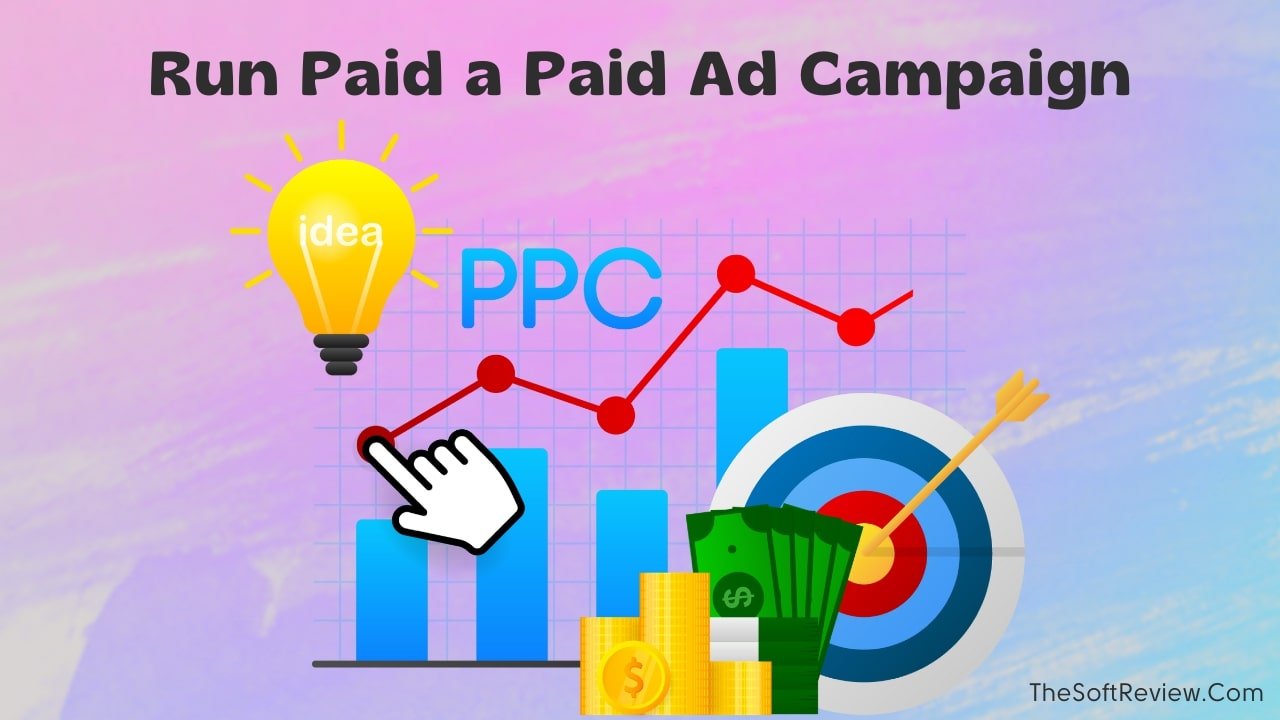
Running ads are often cost-effective for quickly getting more eyeballs to your products or services. Clickfunnels offers a unique sales funnel technique that allows you to tell a story about your product and make sales.
A sales funnel combines multiple landing pages where you drive visitors, and they follow a path and make a purchase.
After you choose your affiliate products and create your Clickfunnels account, here are the steps to create a paid ads funnel with Clickfunnels:
Step I. Select Your Traffic Source and Create Your Ad Campaign Plan
The first step is to select a traffic source your customers will use to reach your affiliate funnel. These sources can be Google Ads, Facebook Ads, LinkedIn Ads, Twitter Ads, etc.
Depending on the type of product or service you are promoting, select the source from where your potential customers spend their time.
The goal of running an ads campaign is to create awareness about your company and the problem your product solves and provide your customers with free resources like e-books, access to a webinar, or other resources in exchange for their email addresses.
Once they click on your ads, they will land on your landing page and give you their email address and get access to the next page of your free resource.
Within the free resource you will provide, you will have to attach the links of your sales funnel pages so that the visitors go through the sales process.
To do that effectively, you must create a content and ad budget plan before moving to the next stage.
Step II. Set Up Your First Sales Funnel
Once you have created a specific action plan according to your buyer’s persona, it is time to set up your first funnel with Clickfunnels. It involves creating a landing page and a bridge page for each ad.
1. Create an opt-in page:
An opt-in page is the building block of your sales funnel; it’s a landing page that captures a visitor’s email address in exchange for something valuable. To create an opt-in page in Clickfunnels, go to your Clickfunnels dashboard and click on “Site and Funnels.”
After that, click on Funnels or Pages from the left corner and find the “Lead Magnet” template by searching on the search bar to create a custom funnel. You can also create a funnel from scratch.
Once the “Lead Magnet” template is selected, use the drag-and-drop editor and edit the page layout and call-to-action button as you want. Add pictures and videos if needed.
Once you have finished editing the first stage of your sales funnel, click the save button on the top right. And now, connect Clickfunnel’s CRM tool with your opt-in page to collect emails from prospective customers.
2. Create a Bridge Page:
After creating the landing page, it’s time to make a bridge page. A bridge page is a page that “bridges the gap” between the opt-in page and the actual affiliate offer page.
At the same time, a bridge page is your opportunity to familiarize your visitors with the product you want to sell them. The page’s content can be a testimonial video, compelling copy, or audio files.
For example, if your affiliate product is a weight loss powder, you can exhibit a story of a fat man who used your powder and how he burned his weight on your bridge page.
To create a bridge page in Clickfunnels, go to your “Lead Magnet section” and click on the “Thank You Page” right after the “Opt-in” page.
After selecting, use the drag-and-drop editor and customize the layout as you did while customizing the landing page.
While editing, you must insert your “Affiliate Link” on the call to action button so that when someone clicks it, they land on the sales page where a visitor can buy the product from the owner’s store.
That’s it; you have set an affiliate sales funnel using Clickfunnels! However, before launching your business or new funnel, run a split test to ensure everything works as expected.
Step III. Drive visitors to your funnel:
There are several ways to drive targeted traffic to your sales funnels. But before you run any ads campaign, ensure you have learned the basics. Visit HubSpot Academy to learn more about running ad campaigns.
- Paid advertising: You must run ads on platforms you have chosen as a traffic source. It can be on Facebook, Instagram, Google AdWords, or TikTok; the goal is to attract and drive visitors to your funnel.
- Email Marketing: Email marketing is the key to increasing sales; you must send your funnel URL to those who have subscribed to your email list. You can use Clickfunne’s built-in email automation tool for your email marketing.
- Use Social media marketing: You can also generate traffic from social media platforms. Share your landing pages with your followers and encourage them to share them with their followers.
Step IV. Monitor Results
The last step is to track the results of your paid ads campaigns. You can use the Clickfunnels analytics tool to monitor the performance of your campaign in real-time and make necessary changes to increase conversions.
These were the procedures for reselling other people’s products using Clickfunnels. Now let’s talk about the second way, how to resell Clickfunnels and make money:
2. Resell Clickfunnels as an Affiliate and Earn Recurring Commission
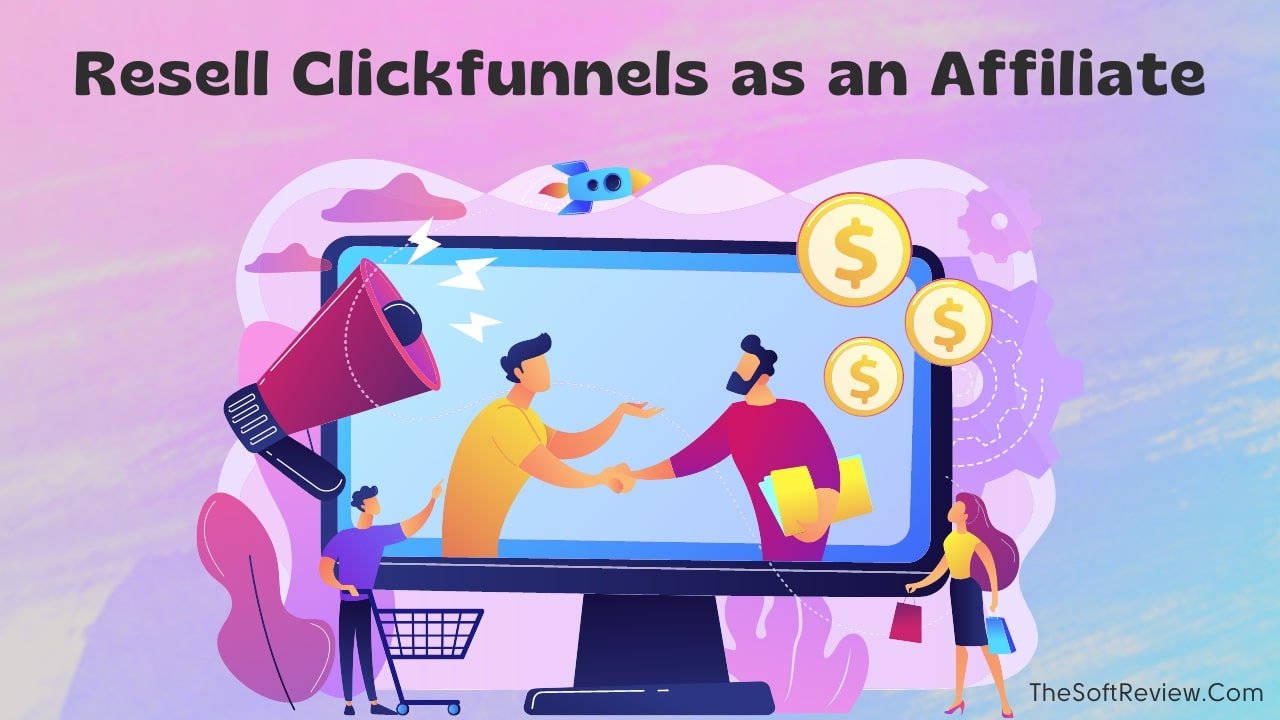
You can become a Clickfunnels reseller and do affiliate marketing. The goal is to promote Clickfunnels as a product.
Once anyone purchases the paid subscription using your link, Clickfunnels will give you up to 40% recurring commission each time. Here are the simple steps to start:
Step I. Sign Up as an Affiliate
First, you have to sign up as an affiliate with Clickfunnels. You can do so by visiting Clickfunnels’ official website and clicking on the ‘Affiliates’ tab. Here you can register for the program and get access to the affiliate link to promote Clickfunnels as a product.
Step II. Promote Your Link
The next step is to promote your link and drive more sales through it. You can write blog posts, create YouTube videos, or share your link on social media platforms such as Facebook and Instagram and tell people to open a Clickfunnels account using your link.
When someone purchases through your links, you will get a notification and see the conversion rate on your Clickfunnels affiliate dashboard.
Well, these are the two ways to use Clickfunnels for affiliate marketing! You can use any of them or even both if you want.
However, before jumping in, make sure you know the mistakes that can ruin your effort.
Top 5 Affiliate Marketing Mistakes You Should Avoid
1. Not diversifying your traffic sources:
Relying on just one traffic source can be risky. If that source dries up or your account gets suspended, your income will take a hit. So, if you rely only on SEO for your blog’s traffic, ensure you diversify your traffic sources using social media, email marketing, and other methods.
2. Doing too much at once:
One of affiliate marketers’ most significant mistakes is choosing random niches and promoting too many products simultaneously.
It can dilute your efforts and make it difficult to track what is working and what is not. It’s best to focus on a few high-quality products that you believe in and promote them effectively.
3. Not creating high-quality content:
Content is the most vital aspect of any affiliate marketing business or campaign. Without creating engaging, informative, and valuable content, it will be hard to attract customers. So, you must create helpful content for your visitors.
4. Not building relationships with potential customers:
Trust is crucial in affiliate marketing. If your audience doesn’t trust you, they won’t buy from you. Be transparent and honest, promote valuable products, and engage with your audience often.
5. Overlooking tracking & analytics:
Tracking your results is essential to gauge the success of your affiliate marketing efforts. You won’t know which product performs well or where to improve without tracking. So, use analytics tools to track your clicks, conversions, and earnings.
Final Words
Using Clickfunnels for affiliate marketing can be a highly effective way to earn passive income. Its intuitive funnel builder makes creating a blog or ads funnel easy without coding experience.
By choosing the right product or service to promote, creating effective funnels, driving traffic, and monitoring and optimizing your funnel, you can succeed with Clickfunnels.
However, ensure you understand the basics of digital marketing, and contact the Clickfunnels support team if you have any queries or require free training. So why not try Clickfunnels today? You never know – this could be your year!





